Fried rice, a beloved dish across the globe, often raises a common question among home cooks and food enthusiasts: Is it safe to eat fried rice that has been left out overnight? This query stems from the desire to avoid food waste while prioritizing health and safety. The answer, however, is not a straightforward “yes” or “no.” It hinges on several factors, including storage conditions, temperature, and the presence of contaminants. This article delves into the science behind food safety, the risks of consuming improperly stored rice, and actionable tips to determine whether your leftover fried rice is still edible.
The Basics of Food Safety and Bacterial Growth
To understand why leaving fried rice out overnight might be risky, it’s essential to grasp how bacteria multiply. Foodborne pathogens, such as Bacillus cereus, Staphylococcus aureus, and Salmonella, thrive in the “danger zone”—temperatures between 40°F (4°C) and 140°F (60°C). When perishable foods like rice linger in this range, bacteria can double in number every 20 minutes, leading to rapid spoilage.
Why Rice is Unique
Rice, especially when cooked, provides an ideal environment for bacterial growth. Its starchy composition retains moisture, creating a humid habitat that bacteria love. Additionally, rice often contains spores of Bacillus cereus, a bacterium commonly found in soil and plants. These spores are heat-resistant and can survive cooking temperatures. When cooked rice is left at room temperature, the spores germinate, producing toxins that cause food poisoning.

The 2-Hour Rule: A Critical Guideline
The U.S. Department of Agriculture (USDA) and other food safety agencies emphasize the “2-Hour Rule”: Perishable foods should not be left at room temperature for more than two hours. This window narrows to one hour if the ambient temperature exceeds 90°F (32°C), such as during a hot summer day.
Applying the Rule to Fried Rice
If your fried rice has been sitting on the counter for three hours or more, it enters the “danger zone” for an extended period. Even if it looks and smells fine, harmful bacteria might have multiplied to dangerous levels. Reheating the rice may kill some bacteria, but certain toxins, like those produced by Bacillus cereus, are heat-stable and remain toxic even after cooking.
Factors That Influence Safety
-
Ambient Temperature
- Cool Environments (Below 40°F/4°C): If the rice was stored in a refrigerator within two hours of cooking, it’s likely safe for 3–4 days.
- Warm Environments (Above 90°F/32°C): Bacterial growth accelerates, making overnight storage risky.
-
Humidity and Contamination
- Rice left uncovered or in a damp area attracts pests and moisture, accelerating spoilage.
- Cross-contamination from utensils, hands, or surfaces can introduce harmful bacteria.
-
Ingredients in Fried Rice
- Additives like eggs, meat, or vegetables increase the risk, as they introduce proteins and fats that bacteria feed on.
- Plain rice, while still perishable, may spoil slightly slower than rice mixed with perishable ingredients.
How to Store Fried Rice Safely
Proper storage is the key to extending the shelf life of fried rice. Follow these steps:
-
Cool It Quickly
- Transfer hot rice to a shallow container to accelerate cooling. Avoid stacking containers, as this traps heat.
- Do not leave rice at room temperature for more than 30 minutes before refrigerating.
-
Use Airtight Containers
Sealed containers prevent moisture loss and block contaminants. Glass or BPA-free plastic containers are ideal.
-
Refrigerate Promptly
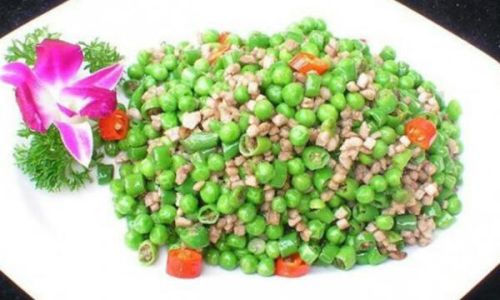
Store rice at 40°F (4°C) or below. Use a refrigerator thermometer to ensure accuracy.
-
Freeze for Long-Term Storage
Fried rice can last 2–3 months in the freezer. Thaw it in the refrigerator before reheating.
Signs That Fried Rice Has Spoiled
Even if stored correctly, fried rice can eventually spoil. Look for these indicators:
-
Off Odors
A sour, rancid, or “off” smell suggests bacterial activity.
-
Unusual Texture
Sliminess, clumping, or excessive dryness indicate spoilage.
-
Mold Growth
Fuzzy spots in green, blue, or black are clear signs of contamination.

-
Discoloration
Grayish or yellowish hues may signal bacterial growth.
When in Doubt, Throw It Out!
Relying on sight or smell alone is risky, as some toxins are odorless and invisible. If you’re uncertain about the rice’s safety, discard it to avoid foodborne illness.
The Science Behind Bacillus cereus
Bacillus cereus is a notorious culprit in rice-related food poisoning. Its spores can withstand boiling temperatures, remaining dormant until the rice cools. Once activated, the bacteria produce two types of toxins:
-
Emetic Toxin
- Causes vomiting within 1–5 hours of ingestion.
- Survives high temperatures, so reheating won’t neutralize it.
-
Diarrheal Toxin
- Triggers abdominal cramps and diarrhea within 8–16 hours.
- Heat-sensitive but still dangerous if consumed in large quantities.
Case Study: Fried Rice Syndrome
In 2019, a group of students in Malaysia experienced severe vomiting and diarrhea after consuming fried rice left unrefrigerated for 12 hours. Laboratory tests confirmed Bacillus cereus contamination, highlighting the real-world risks of improper storage.
Cultural Practices and Food Safety
In many Asian cultures, leaving rice out overnight is a traditional practice, often tied to convenience or superstition. For example, some believe that refrigerating rice disrupts its “energy” or texture. However, these practices predate modern refrigeration and food safety knowledge.
Balancing Tradition and Safety
While cultural habits are meaningful, they should adapt to scientific understanding. If you wish to leave rice out, consider:
- Using a rice cooker with a “keep warm” function, which maintains temperatures above 140°F (60°C).
- Consuming the rice within two hours of cooking.
- Discarding any leftovers after four hours at room temperature.
Reheating Fried Rice: Dos and Don’ts
Reheating can kill bacteria but not always their toxins. Follow these guidelines:
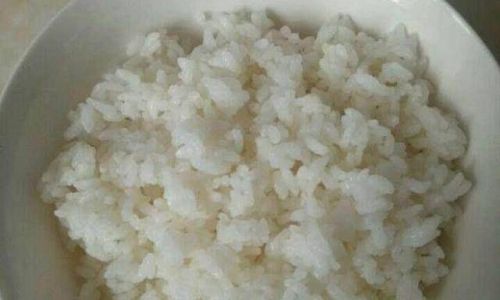
-
Reheat Thoroughly
- Use a stove, oven, or microwave to heat rice to 165°F (74°C).
- Stir occasionally to ensure even heating.
-
Avoid Partial Reheating
Never reheat rice multiple times, as this creates temperature fluctuations that bacteria exploit.
-
Use Leftovers in New Dishes
Incorporate old rice into fried rice, soups, or stuffed vegetables within 24 hours of cooking.
FAQs About Storing Fried Rice
Q1: Can I leave fried rice out overnight if I reheat it the next day?
A: No. Reheating does not neutralize toxins produced by Bacillus cereus. Once bacteria have multiplied, the rice is unsafe regardless of reheating.
Q2: Does the type of rice matter (e.g., white vs. brown)?
A: Brown rice has a higher oil content, which can spoil faster than white rice. However, both types follow the same storage rules.
Q3: Is fried rice safer if cooked with vinegar or spices?
A: Acidic ingredients like vinegar can slightly inhibit bacterial growth but are not a substitute for refrigeration.
Q4: Can I store fried rice in aluminum foil?
A: Aluminum foil is not airtight and won’t prevent bacterial growth. Use sealed containers instead.
Q5: How long does fried rice last in the freezer?
A: Properly stored, it can last 2–3 months. Beyond that, quality declines, though it remains technically safe.

Myths Debunked
Myth 1: “If it doesn’t smell bad, it’s safe.”
- Reality: Some toxins are odorless, and bacteria can multiply without producing noticeable smells.
Myth 2: “Salting the rice prevents spoilage.”
- Reality: Salt can slow bacterial growth but won’t halt it entirely. Refrigeration is still required.
Myth 3: “Rice from restaurants is safer because they use preservatives.”
- Reality: Most restaurants prioritize freshness and follow the same safety guidelines as home cooks.
Conclusion: Prioritizing Safety Over Convenience
The decision to eat fried rice left out overnight boils down to risk tolerance. While occasional lapses may not cause harm, the consequences of food poisoning—ranging from mild discomfort to hospitalization—are not worth the gamble. By adhering to proper storage practices, understanding bacterial behavior, and recognizing spoilage signs, you can enjoy fried rice safely while minimizing waste.
Final Takeaway
When in doubt, remember the golden rule: When it comes to perishable foods, “better safe than sorry” is always the wisest approach. Invest in quality storage containers, monitor your refrigerator’s temperature, and err on the side of caution. Your taste buds—and your gut—will thank you.
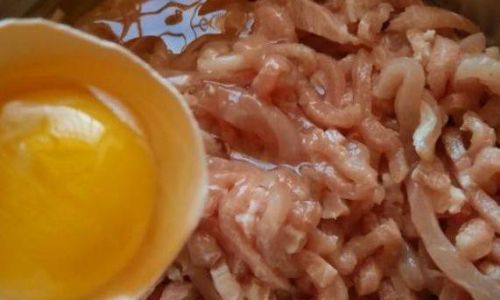
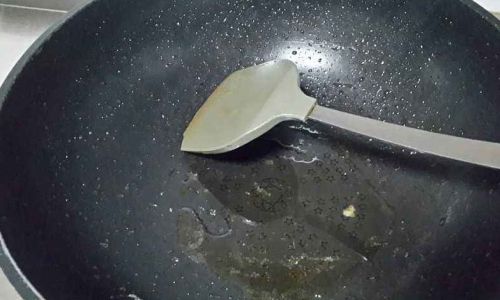
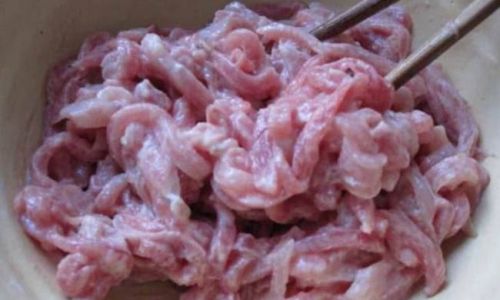


0 comments